Locating Ourselves, and Our Purpose, in Time


As I wrap up my year serving as AAG president, I find myself experiencing a disorienting swirl of temporalities. First, there is the ever-present urgency of now, an endless eruption of new crises. I’m thinking, of course, of Robb Elementary School in Uvalde, Texas where nineteen children and two teachers were killed by an 18-year old armed with an assault rifle, just ten days after a self-described white supremacist, fascist believer in “replacement theory” murdered ten people in a grocery store in a predominantly Black neighborhood of Buffalo, New York. Even as geopolitical conflicts proliferate and climate change disasters accelerate, so too do mass shootings. The temporal gap between these horrific events has shrunk. Uvalde was the 27th school shooting, and the 213th mass shooting in the U.S. so far this year.
Yet, having gone to college in the early 1990s, when a woman’s right to choose whether and when to have children was taken for granted as a Constitutionally guaranteed right, it’s hard not to simultaneously feel a sense of time moving backward. Many observers have noted that the leaked draft Supreme Court decision overturning Roe vs. Wade would “turn the clock back” by half a century. American historian Heather Cox Richardson has also compared it to the notorious 1857 Dred Scott decision, which took away what few rights Black Americans had. The ruling could presage further reversals of established rights — to contraception and same-sex marriage among others. And it will almost certainly lead to a substantial increase in pregnancy-related deaths, and reduced educational attainment and participation in the labor force by women.
To take a rather different example, when I was in graduate school, there was a sense of great optimism about the increasing openness of China to international researchers, as well as growing academic cooperation and exchange. Today those doors have all but shut once again, and not just due to the pandemic. Since 2011, US law has prohibited NASA from funding any research involving coordination with any Chinese entity, and more recently, the US has restricted visas for Chinese students in high-tech fields. In the meantime, Chinese scholars face mounting barriers to participation in international academic conferences. Not a single scholar from the PRC is being allowed to participate at an upcoming international Tibetan studies conference in Europe this summer.
All of this seems like a giant step in the wrong direction. At the very least, these events call the lie to any simple modernist notion of progress as a straight arrow of forward motion — of temporality as sequential coherence.
* * * * *
I’ve described above a feeling of discordant temporalities. As geographers, though, we know that time is inseparable from space, and vice versa. As Doreen Massey famously argued, “the spatial is integral to the production of history, and thus to the possibility of politics, just as the temporal is to geography.” History is always spatial and as such does not literally repeat, stay still, or move backwards. Thinking in terms of space-time allows a conceptualization of openness and multiplicity, rather than the foreclosure of possibility.
Our current circumstances were not inevitable.
More prosaically, many have already made the geographical observation that the US is exceptional among countries around the world in terms of per capita gun ownership (significantly more guns than people); in terms of the share of killings by guns; and in terms of its unique refusal to act. Other countries with cultures of gun ownership that have experienced mass shootings have tightened gun laws, leading mass shootings to become rare, and homicides and suicides to decrease. As many a comedian has quipped, if guns made us safer, the US would be the safest country in the world. If nothing else, geography’s commitment to an understanding of the globe could be more forcefully mobilized to counter the insularity of arguments that “there is no alternative” to senseless gun deaths in the US (or the insane proposition that the solution is to arm teachers — or to install mantraps in schools).
Indeed, following the massacre at Marjory Stoneman Douglas High School in Parkland, Florida in 2018, then-AAG president Derek Alderman called for violence prevention and “non-killing geographies” to be the subject of a focused AAG initiative. While geographers have conducted extensive and excellent research on various forms of violence, the same cannot necessarily be said of organized advocacy to prevent violence, particularly by guns. That such advocacy is necessary despite the fact that a large majority of Americans already support universal background checks (81%), a ban on assault-weapons (63%), and a ban on high-capacity ammunition magazines (64%) is a product of the erosion of majority rule and arguably of democracy itself; this in turn is closely linked to the political geographic question of voting power and representation, particularly in the Senate.
Can we do more, collectively and as geographers, to respond to threats to widely shared visions of a better socio-ecological future?
Can we agree that we want to work for a future with less violence and fewer dead schoolchildren, with racial justice rather than white supremacy, with a livable environment rather than cascading disasters, with respect for the full autonomous personhood of women, and with more, not less, cross-cultural, international cooperation and exchange?
* * * * *
Returning more narrowly to the AAG and to academic geography, I’d like to briefly touch on a few other issues.
First, it has been some time since Mona Domosh’s 2015 column on contingency in academic geography, yet precarity has clearly not disappeared. COVID-19 has only accelerated the restructuring of the academic labor market, further decreasing the ratio of tenure-track (TTT) to non-tenure track (NTT) faculty. In my own College, the explicit strategy for addressing the huge budgetary hole left by COVID-19 has been to incentivize TTT retirements and replace them with NTT positions. We all know that this works budgetarily because NTT faculty teach more and are paid less. Based on the living wage calculator developed by geographer Amy Glasmeier, starting salaries for full-time NTT faculty in my College do not constitute a living wage. And the situation is far worse in general for part-time adjuncts who are, around the country, hired semester to semester for a wage that is close to or perhaps even less than minimum wage if calculated on an hourly basis. Of course, the situation is different for “faculty of practice,” who have other careers and teach an occasional class out of personal interest. But for the vast majority, COVID-19 made an already terrible situation even worse.
At the same time, salaries of top university administrator salaries continue to soar. Whereas inflation-adjusted salaries of full professors mostly stayed flat or declined between 2009-2019, total compensation for presidents at public flagship universities increased by more than 50% over the same decade. The conversation thus needs to be not only about precarity, but also about inequality. Geographers have produced excellent scholarship about the corporatization and neoliberalization of the academy, including the way it produces gendered labor-led and care-led affective precarity. Moreover, the suggestions by both Mona Domosh and David Kaplan on how to create a more equitable academic culture are still relevant, and provide good suggestions for future AAG webinars for both contingent faculty themselves as well as department chairs and university administrators. Another step AAG could take is to collect data on contingent faculty specifically in Geography. Beyond training and information gathering, though, the evidence shows that collective bargaining is one of the few ways to make substantial progress; this too could be a topic of future AAG conversations.
Second, in the upcoming year, AAG will be focusing on membership, both by improving benefits for existing members such as year-round webinars, and specifically trying to expand membership amongst physical geographers, geographers working outside of academia, and geographers teaching at community colleges. As community college faculty have pointed out, they have much to offer their peers at other institutions in terms of pedagogy. Furthermore, mutual cooperation with faculty at four-year institutions can only help increase the number of Geography majors, which itself is crucial to the future of the discipline.
Third, I’d like to let you know that AAG is now an official sponsor of the Geography channel of the New Books Network, the largest book podcast in the world, with over 250,000 listeners per month. If you are interested in becoming a host, which entails interviewing other geographers about their work, please contact NBN directly. And if you’ve written a book, you can suggest it for a podcast interview here. This is a fantastic way of increasing the visibility of geographical scholarship.
Finally, thinking ahead to next year’s annual meeting: there will be several different options for participation. First, you can attend in person, as before the pandemic, in Denver, Colorado. Second, you can participate online, taking part in virtual sessions as well as viewing in-person events. AAG has committed to streaming at least 50% of in-person events to virtual participants. As a remote participant your session may even be “beamed in” for viewing by those in Denver. Third, you might participate in a fully hybrid session, meaning one that has both in-person and remote participants interacting with each other. There will be capacity for 5-10% of sessions, particularly high-profile events and those selected by specialty groups, to be fully hybrid. Lastly, there will be a small number of pilot nodes — self-organized events consisting of group watching of selected streamed events, as well as optional local speakers or other activities. The goal of next year’s node experiments will be to scale up significantly for future conferences, starting in 2024.
In closing, I want to thank you for the opportunity to serve the association this year. I have truly enjoyed meeting many of you at regional and other meetings, whether in person or online. I am very grateful to the many colleagues and friends who offered inspiration, information, and comments on newsletter columns. I have also been glad to hear from members who have taken the time to write to me about their concerns. Lastly, I want to recognize the entire AAG staff for the hard work they do behind the scenes to support geographers and geography.
Thank you. 谢谢, ཐུགས་རྗེ་ཆེ་
DOI: 10.14433/2017.0110
Please note: The ideas expressed in the AAG President’s column are not necessarily the views of the AAG as a whole. This column is traditionally a space in which the president may talk about their views or focus during their tenure as president of AAG, or spotlight their areas of professional work. Please feel free to email the president directly at emily [dot] yeh [at] colorado [dot] edu to enable a constructive discussion.


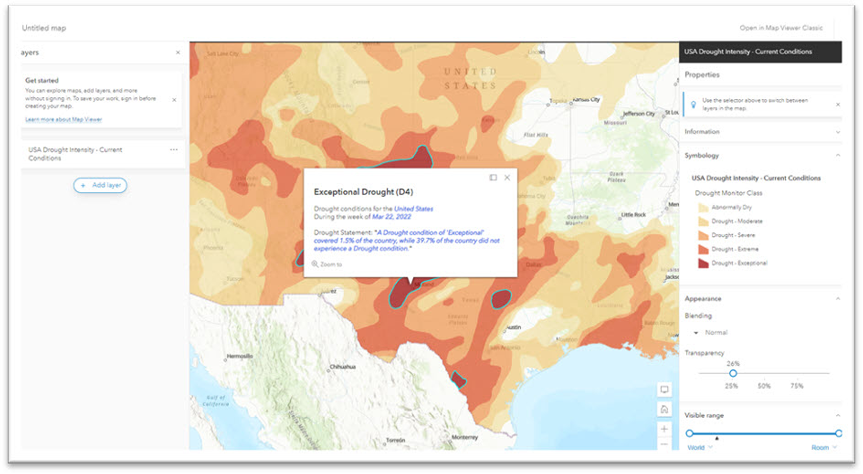




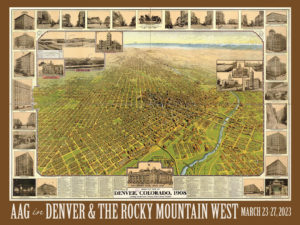 Save the Date for AAG 2023 in Denver
Save the Date for AAG 2023 in Denver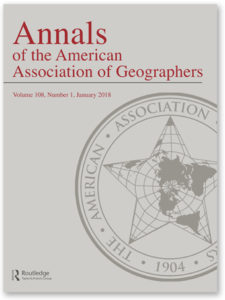 The Annals publishes a special issue each year to highlight research around a specific theme of global importance. The
The Annals publishes a special issue each year to highlight research around a specific theme of global importance. The  The latest issue of The Professional Geographer is now available (
The latest issue of The Professional Geographer is now available (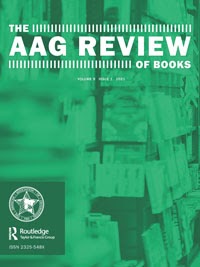
 Last fall, AAG worked with Green Jay Strategies to produce the “
Last fall, AAG worked with Green Jay Strategies to produce the “ Have you signed up for one of our Professional Development Webinar Series yet? Whether you’re a student, recent graduate, job seeker, department head, or a career geography professional, AAG has an event that is right for you.
Have you signed up for one of our Professional Development Webinar Series yet? Whether you’re a student, recent graduate, job seeker, department head, or a career geography professional, AAG has an event that is right for you. The AAG 2022 Virtual Summer Series is back. Sign-ups are open for our Graduate Forums and Seminars, which will continue throughout the summer.
The AAG 2022 Virtual Summer Series is back. Sign-ups are open for our Graduate Forums and Seminars, which will continue throughout the summer. Two summer professional development workshops from the AAG’s Graduate Faculty Development Alliance will continue online in 2022. Registration will be filled on a first come, first served basis and is free for AAG Members and $150 for non-members.
Two summer professional development workshops from the AAG’s Graduate Faculty Development Alliance will continue online in 2022. Registration will be filled on a first come, first served basis and is free for AAG Members and $150 for non-members. The Kauffman Foundation’s 2022 Central Standards Request for Proposals (RFP) is open for applications. The RFP focuses on supporting entrepreneurship support organizations in Missouri, Iowa, Nebraska, and Kansas, providing funds to encourage and accelerate collaborations between two or more entrepreneurship support organizations working together. Proposals will be accepted until May 20. Learn more about the 2022 Central Standards RFP
The Kauffman Foundation’s 2022 Central Standards Request for Proposals (RFP) is open for applications. The RFP focuses on supporting entrepreneurship support organizations in Missouri, Iowa, Nebraska, and Kansas, providing funds to encourage and accelerate collaborations between two or more entrepreneurship support organizations working together. Proposals will be accepted until May 20. Learn more about the 2022 Central Standards RFP  J. Ronald Eyton passed away on March 14, 2022. His death, in a hospital in Vancouver, BC, following a sudden illness was unexpected. After a variety of academic appointments at the Assistant (University of Illinois, University of South Carolina) and Associate (Penn State University, University of Alberta) Professor level, Ron moved to Texas State University in 1995. Ron was an important member of the Geography team which resulted in the Department of Geography being awarded the first doctoral program at Texas State University.
J. Ronald Eyton passed away on March 14, 2022. His death, in a hospital in Vancouver, BC, following a sudden illness was unexpected. After a variety of academic appointments at the Assistant (University of Illinois, University of South Carolina) and Associate (Penn State University, University of Alberta) Professor level, Ron moved to Texas State University in 1995. Ron was an important member of the Geography team which resulted in the Department of Geography being awarded the first doctoral program at Texas State University.  Dr. Lynn Usery passed from this earthly plane on March 22, 2022 following a brief illness. He will be sorely missed by the geography community, not only for his many research contributions, leadership and vision, and tireless service, but also for his friendship and camaraderie. Michael Tischler of the U.S. Geological Survey (USGS) wrote, “On paper, we knew him as the Director of the Center of Excellence for Geographic Information Science [CEGIS]. But he was far more than that title would lead one to believe. Lynn leaves a remarkable legacy given his extraordinary scientific accomplishments, presence as a leader in the geographic science community, and impact on individual geographic scientists inside USGS and around the world.”
Dr. Lynn Usery passed from this earthly plane on March 22, 2022 following a brief illness. He will be sorely missed by the geography community, not only for his many research contributions, leadership and vision, and tireless service, but also for his friendship and camaraderie. Michael Tischler of the U.S. Geological Survey (USGS) wrote, “On paper, we knew him as the Director of the Center of Excellence for Geographic Information Science [CEGIS]. But he was far more than that title would lead one to believe. Lynn leaves a remarkable legacy given his extraordinary scientific accomplishments, presence as a leader in the geographic science community, and impact on individual geographic scientists inside USGS and around the world.” 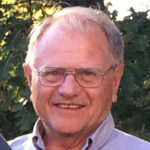 Dr. William B. Kory, professor emeritus of geography at the University of Pittsburgh–Johnstown, passed away on Saturday, April 2, 2022 in his Florida home. Dr. Kory was unrelentingly committed to his students’ success at Pitt-Johnstown. When the Department of Geography in Pittsburgh disbanded like so many others during the 1980s, Dr. Kory reestablished the University’s undergraduate major in Johnstown. He was also an active member of the Pennsylvania Geographical Society and devoted significant time to editorial duties at The Pennsylvania Geographer.
Dr. William B. Kory, professor emeritus of geography at the University of Pittsburgh–Johnstown, passed away on Saturday, April 2, 2022 in his Florida home. Dr. Kory was unrelentingly committed to his students’ success at Pitt-Johnstown. When the Department of Geography in Pittsburgh disbanded like so many others during the 1980s, Dr. Kory reestablished the University’s undergraduate major in Johnstown. He was also an active member of the Pennsylvania Geographical Society and devoted significant time to editorial duties at The Pennsylvania Geographer.  By Aileen Buckley, Allen Carroll, and Clint Brown
By Aileen Buckley, Allen Carroll, and Clint Brown 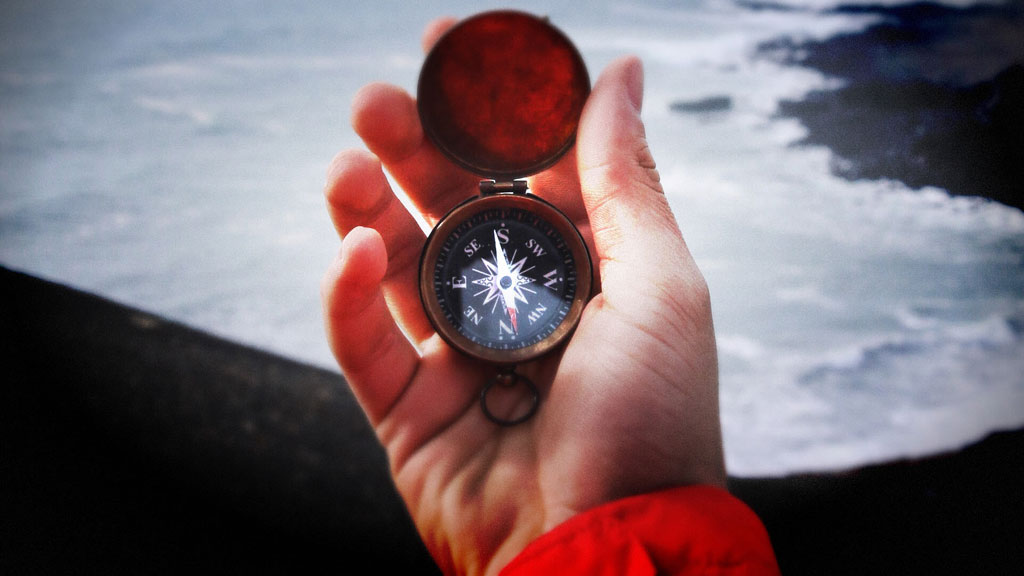

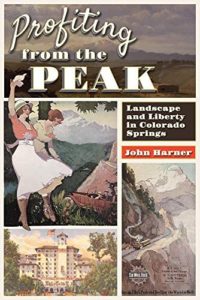 John Harner,
John Harner, 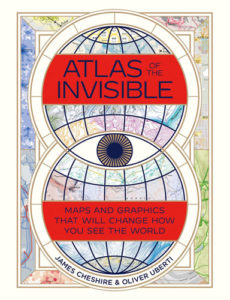 James Cheshire and Oliver Uberti,
James Cheshire and Oliver Uberti,  Katherine McKittrick
Katherine McKittrick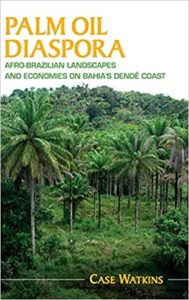 Case Watkins
Case Watkins Kimberley Kinder,
Kimberley Kinder,